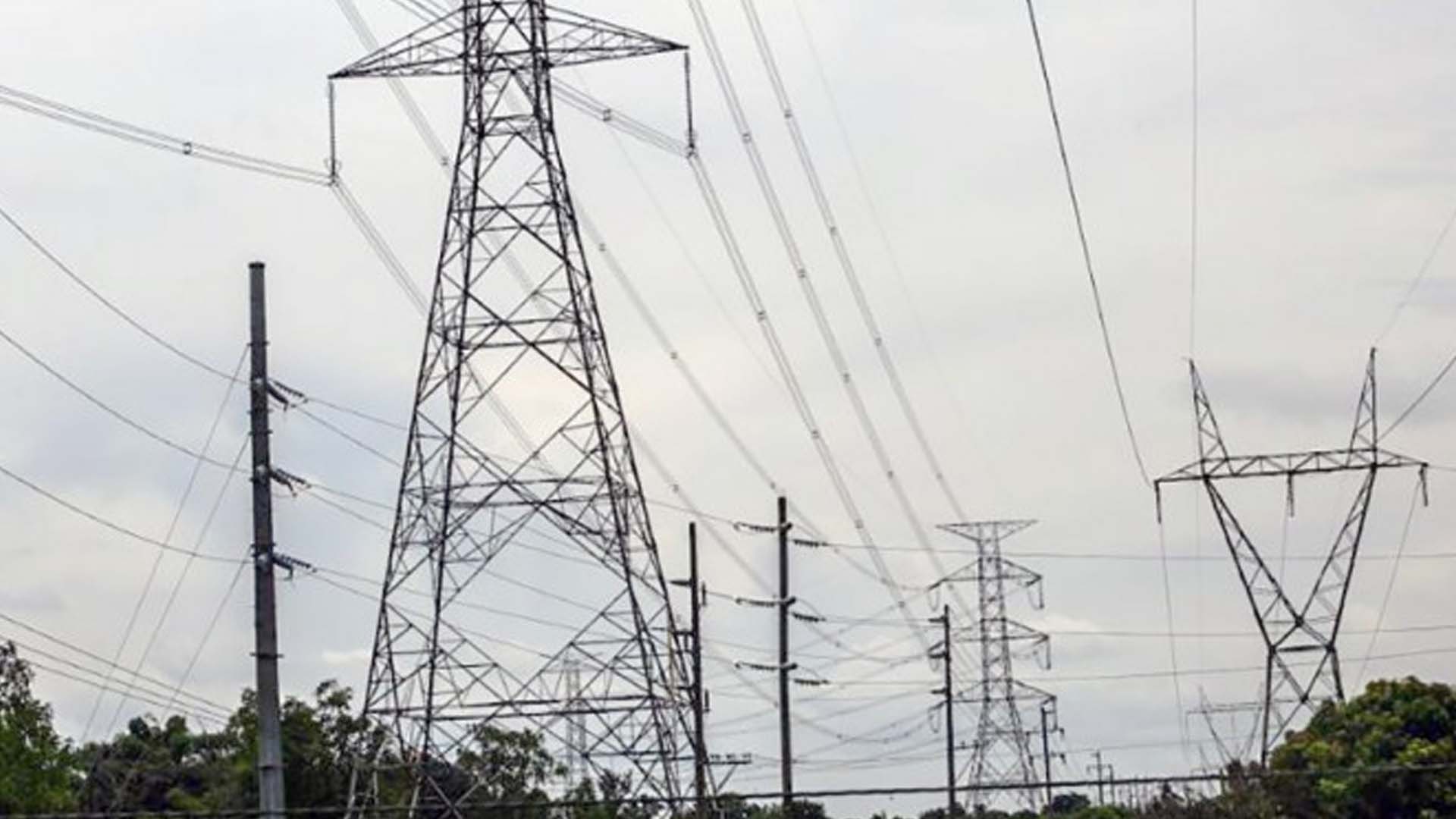Department of Energy (DOE) Secretary Raphael Lotilla said the Marcos administration was able to fast-track the completion of transmission line projects that will stabilize the power situation and reduce the electricity rates across the country.
During the 2024 Post-State of the Nation Address (SONA) Discussions in Pasay City Wednesday, Lotilla said the length of transmission lines following the completion of various projects in the past two years increased by 10 percent.
Lotilla noted the 10-percent increase in the length of transmission lines between 2022 and 2024 is higher than the 8-percent increase from 2009 to 2022, or in the past 13 years.
In his third SONA, President Ferdinand R. Marcos Jr. boasted about the interconnectivity of the three major island grids that were envisioned 40 years ago.
“So for the first time, we’ve been able to connect the Visayas and Mindanao, and also therefore with Luzon, and we have one grid. What does this mean for the country? Right now, we have an excess power capacity in Mindanao of up to 800 megawatts a year. So the excess capacity can now be transported through the submarine cable to the Visayan islands where they are going to be used,” Lotilla said at the panel discussion.
“So since 2016, this excess power has, in effect, been stranded. And that’s why the President, when he came into office, concentrated on three major projects that would would free up stranded power,” he added.
Last January, President Marcos led the energization of the Mindanao-Visayas Interconnection Project (MVIP) that would allow Mindanao to share some 450 megawatts of power with Visayas.
The Cebu-Negros-Panay backbone project that went online in April this year also allowed the transfer of power capacity up to Panay Island.
“In Luzon, would you believe that at the start, when the President’s term began, we had 600 MW of power in Bataan which could not be fully utilized in the metropolitan area because there was not enough transmission lines,” Lotilla noted.
The DOE chief said the administration’s “formula” to deliver these critical projects is “tutok at pukpok” (focus and political willpower).
“In the case of the Department of Energy, we do the tutok, but for the pukpok, we had to depend on the President,” he added.
From lines to loops
Lotilla said that moving forward, the Philippine grid should build transmission loops that would further stabilize the power supply across the country.
“We still have much more to do. For example, the North Luzon Loop—this is to connect Ilocos to Cagayan. Right now, those two areas, it’s a one-way street, and that’s why the power is unstable. We’ve got to build the loop in the transmission so that in case something happened in the Ilocos side, we can use the Cagayan side and so on. Same with Panay, with Zamboanga Peninsula, and Mindoro that is needed to be interconnected with Luzon, these are things that we are going to work on,” he said.
For her part, Energy Regulatory Commission (ERC) Chairperson Monalisa Dimalanta said the interconnectivity of the county’s grids will promote competition in the market that will push for lower power rates.
“The ability now of the system to export the excess power from Mindanao all they way to Panay is a unique experience that we are now enjoying. Because that excess supply will stabilize the supply situation in Visayas and all the way to Luzon. And additional supply definitely increases competition, and increased competition should be lowering electricity cost,” Dimalanta said.
She added that if power costs remain high despite the stable supply in the market, the ERC will monitor the competition behavior of the industry players and will impose penalties on those engaging in anti-competitive practices. (PNA)







